The Biggest Design Trends of 2024—Spotted at Milan Design Week and Beyond
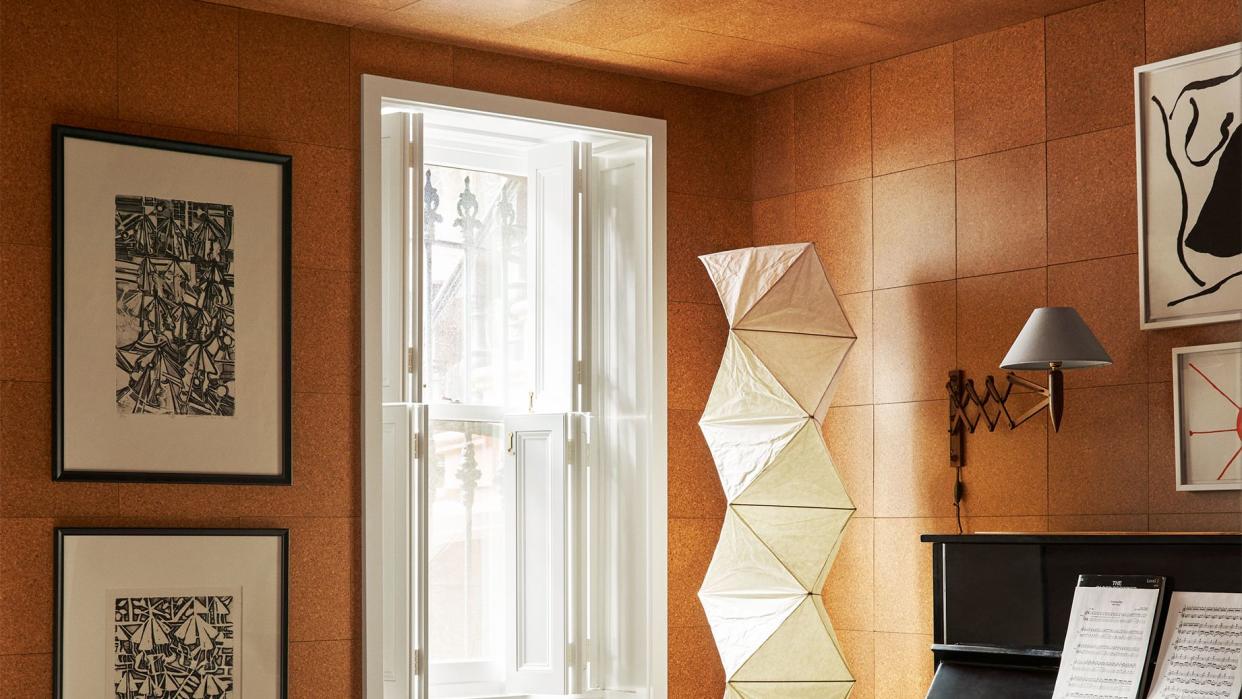
"Hearst Magazines and Yahoo may earn commission or revenue on some items through these links."
If there’s a single theme to interior design trends in 2024, it’s that virtually anything goes. TikTok, obviously, gives fresh aesthetics viral appeal, so much so that, though we’re not even midway through the year, we’ve already cycled through the Unexpected Red, Bookshelf Wealth, and—how could we forget?—Mob Wife trends. (We forgive you if your head is spinning.)
The upshot? Personalization is more important than ever in 2024, no matter what space you’re looking to zhuzh up. “A focus on previously underestimated areas of the home such as the hallway, pantry, utility room, and laundry room are coming center stage,” observes Gemma Riberti, head of interiors at international trend forecasting agency WGSN. “Searches for ‘handmade’ and ‘eclectic interior design vintage’ are [also] growing steadily on platforms such as Etsy or Pinterest.”
“When I grew up, the first thing we did [when we redecorated] was [match] the curtains, for example, all the textiles,” affirms Karin Gustavsson, a creative lead at Ikea. “Today it’s not about coordination. Instead, [it’s about] objects that show who you are—this is my heritage, what I’ve collected during trips and travels.”
In Milan, Salone del Mobile—the world’s biggest design trade fair—and the city’s broader design week, provides the perfect moment to take a trends temperature check. In fact, ELLE DECOR editors fanned out across the Italian design capital to take stock of what’s new and what trends seem to have staying power. We’ve also spoken to a roster of ELLE DECOR A-List designers and industry experts to reveal some surprising—and not so surprising—home design directions set to unfold this year—and beyond. Here’s what we’ve uncovered.
Our Furniture Is About to Get Blinged-Out
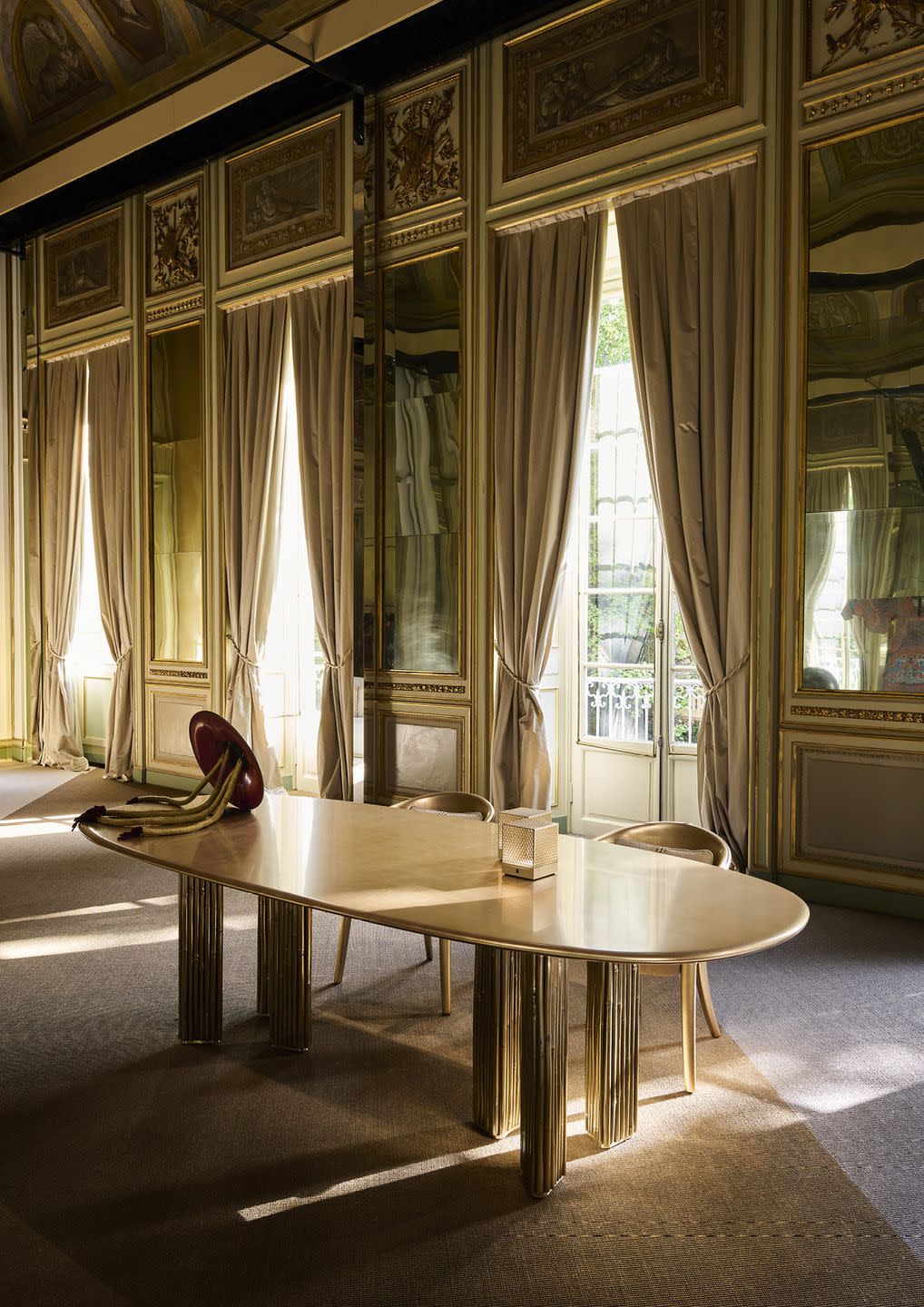
Ready for some 24-karat magic? We certainly are! In Milan, some of the biggest names in Italian design went all-out on gold bling—a welcome departure from the more pared back, stone-and-leather material palettes that the region has become known for. Perhaps the biggest example of this trend came via Edra, which, at the Salone del Mobile fair, unveiled a series of new Minerals fabrics. A glass display case showed how each corresponded with a particular stone—from pyrite and onyx to silver and white quartz. But it was the gold offerings that stood out the most. Light gold, dark gold, and, most eye-catching of all, pure gold lit up the Edra booth with glittering upholstery, proving that you can achieve a glam, metallic look without the need of a hard surface. Elsewhere at the fair, Molteni&C celebrated its 90th anniversary in a way that only the revered Italian brand can: via a gold edition of the iconic D.154.2 armchair.
Armani Casa, meanwhile, showed off plenty of gilt at its showcase at the magnificent Palazzo Orsini in Milan. The new collection was inspired by Giorgio Armani’s many trips around the globe, with accessories available in a variety of different gold finishes. The section that pays homage to China, though, is where the metallic accents really stood out. The Venus console, for instance, uses gold leaf in its stone surface, like glamorous marble veins. Want to bring the vibe into the kitchen? We’ve got you covered there too: At its showroom on the bustling Via dell’Annunciata, Officine Gullo showed off a jaw-dropping oven range with 24-karat gold hardware. Talk about bling or bust!
Soft on the Outside, Squishy on the Inside
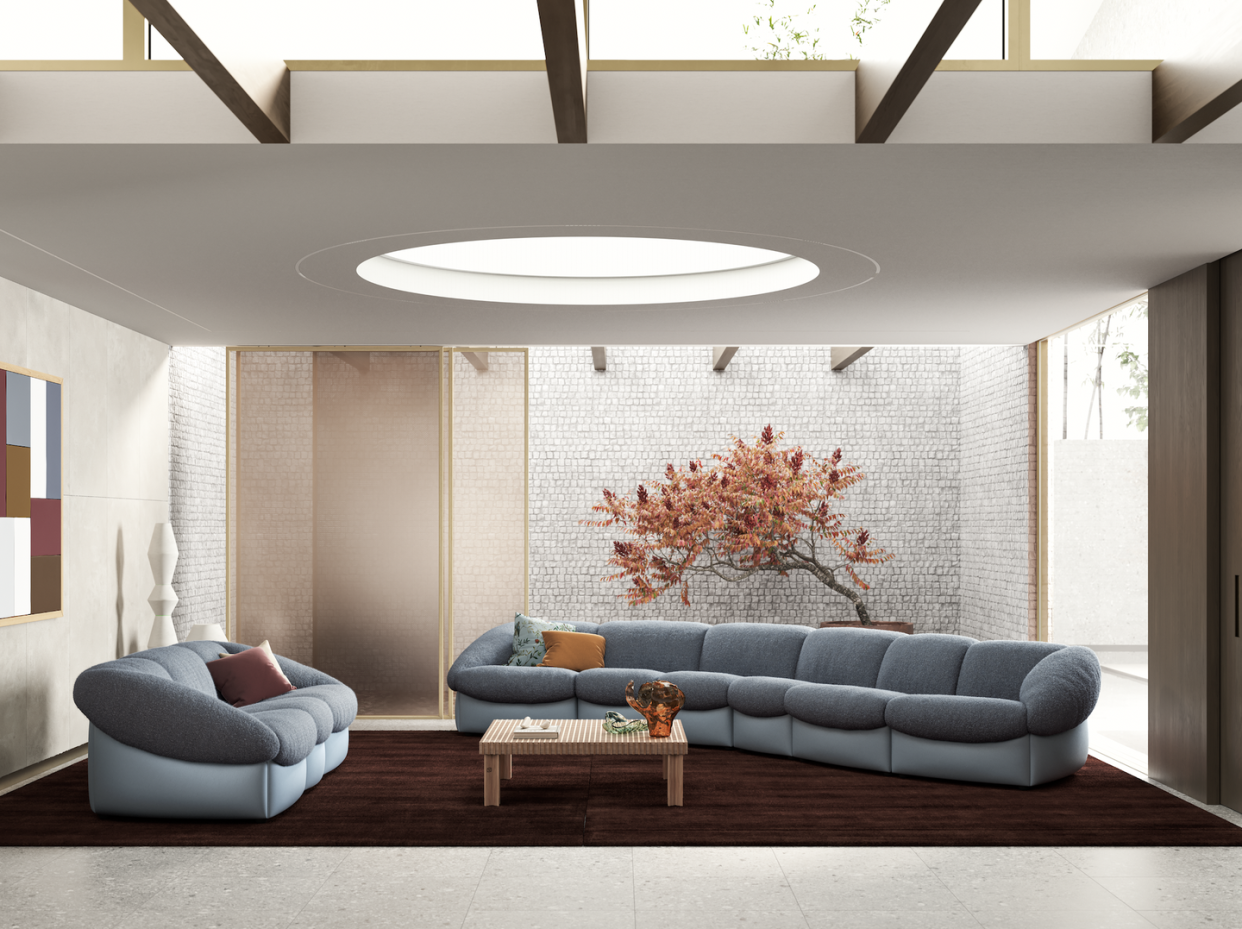
It’s no surprise that outdoor furniture is bigger than ever before. Since the height of the Covid-19 pandemic in 2020, brands have been scrambling to bring their designs to the backyard. Now, though, there are some prevailing themes to be found among the latest batch. In particular, there seems to be renewed emphasis on bringing rounded sofas, armchairs, and even cocktail tables outside, continuing the trend of kidney bean–shaped furniture that’s been persistent throughout the last few years. At the Salone del Mobile fair, for instance, Dedon previewed new, curvy chairs from the likes of Stephen Burks, Claudio Bellini, and many others, pairing these voluptuous silhouettes with signature colorful synthetic weaves. Meridiani showed new, curvaceous outdoor lounge chairs at its booth as well at the fair. Another highlight at Milan Design Week was De Padova, which showcased a new outdoor collection, Afternoons, that resembled the look and feel of curved woven baskets.
The interiors world, meanwhile, continues to gravitate toward squishy, low armchairs and sofas. That mantra was most on display at Poltrona Frau, which introduced an exciting new collection designed by revered British designer Faye Toogood. Dubbed Squash, the pieces range from mirrors to ottomans and stools, with the curvaceous, cushy armchair being the real statement piece. Even Frau’s collaboration with Draga & Aurel, Parka, fit the theme. Minotti, meanwhile, made quite a statement at the Salone del Mobile fair. Following the death of the brand’s creative director Rodolfo Dordoni last year, Minotti opted to engage with a new list of designers for its latest introductions, including ELLE DECOR A-Lister Hannes Peer. Peer’s Enni armchair marks a bit of a departure for the storied Italian brand, with its low seat and subtle yet striking curves.
Say So Long to the ‘70s—the ‘90s Are In
Though our collective obsession with all-things ‘70s isn’t going away anytime soon, a new throwback era is steadily rising to the fore: the late 1980s and 1990s.
“It was a very optimistic period, the ‘80s and ‘90s—the pop music, people were setting up companies,” says Gustavsson. For Milan Design Week, the company announced that it is reissuing two designs from the time period, including the Klippan sofa and Poäng lounge chair—both ‘80s designs by Japanese designer, Noboru Nakamura.
But the ‘80s and ‘90s references didn’t stop there: local firm StudioDanielK presented Antechamber, a collection of elegant, postmodern-ish chairs, lamps, and tables that we could picture in a chic update of Dr. Frasier Crane’s apartment.
Cork Is the Material of the Moment
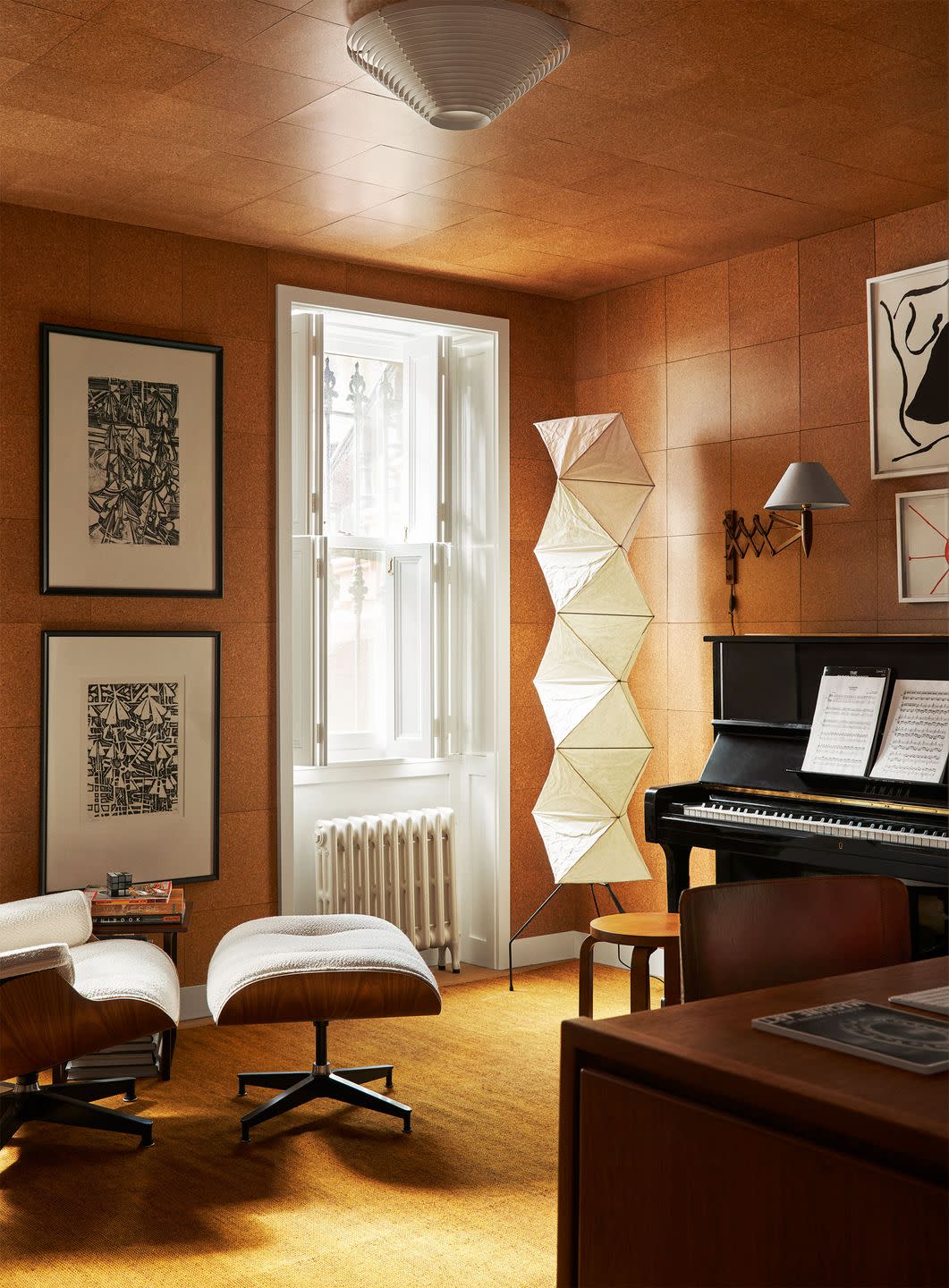
If your interior designer tells you to put a cork in it, you might want to think twice before taking offense: This lightweight, spongy material is jumping off the pinup board and onto walls, floors, and furniture. Part of the appeal has to do with its sustainability—cork is naturally biodegradable, free of scary chemicals, durable and water-resistant, and a completely renewable resource (cork trees aren’t cut down; rather their fast-growing bark is harvested).
If those qualities weren’t enough, it’s also a beautiful material—and designers are going crazy for it. Designers including Studio Dorian and Charlap Hyman & Herrero have clad rooms floor to ceiling in this soft brown material.
“We showed [our client] a photo of Yves Saint Laurent’s office in Paris that has a big cork wall that he pinned things to,” Studio Dorian’s Peter Dolkas told us in our May 2024 issue. “That was our sort of gateway to get her excited about the idea, but it didn’t take much convincing.”
High-Gloss Walls Are Out; Texture Is In
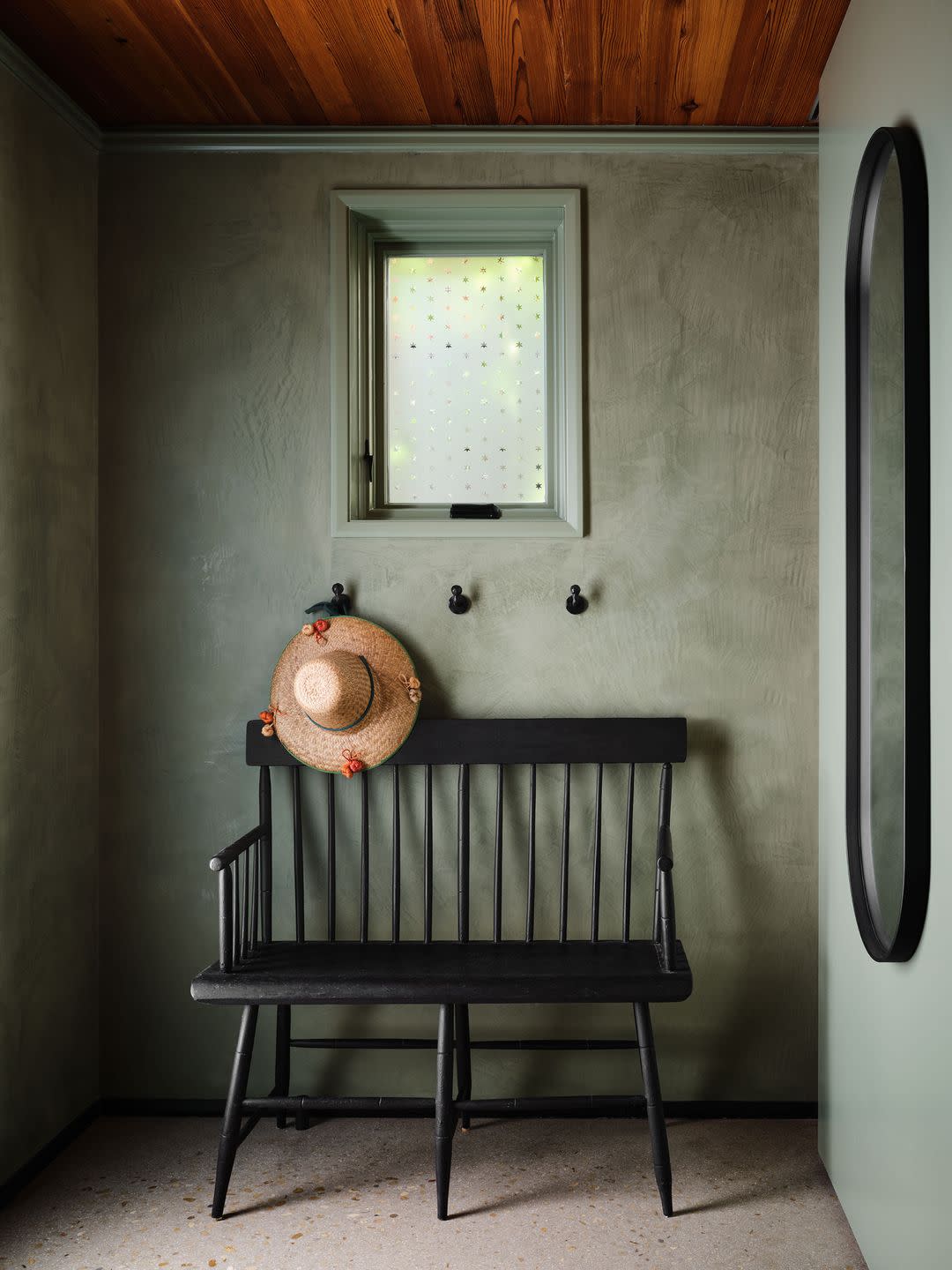
Plain white walls are still out, but so are slick, high-gloss finishes that can turn any room into a hall of mirrors. “I think lacquer had its 15 minutes, and seeing your reflection in dining room walls doesn’t interest anybody right now,” says Palm Beach–based interior designer Lori Deeds of Kemble Interiors. “Brushed or hand-applied finish is where it’s at, like Roman clay or limewash [with its sueded texture] or hand-tooled plaster, which I love doing.” According to the results of 1stDibs’s seventh annual trends survey, when 624 interior designers were asked to predict the most popular wall finishes, the highest percentage of designers also doubled down on limewash.
“People want some action to their surfaces,” adds Los Angeles designer Oliver Furth. “Straight painted sheetrock doesn’t feel exciting right now.” But it’s not all about paint or other applied finishes; there’s a lot to be said about clever manipulation of natural materials. “We’ve been thinking a lot about texture—not fabric texture but more like patterns in wood that are three-dimensional,” explains Kligerman Architecture & Design founding partner Tom Kligerman. “And patterns in stone—not just slabs, but [what can happen] when you cut it into a checkerboard pattern of four-inch blocks with half of them recessed and the other half projecting, so its surface has been manipulated into this wonderful geometric texture that changes when you introduce light into the picture.”
Brown (Yes, Brown) Will Be Your Next Statement Color
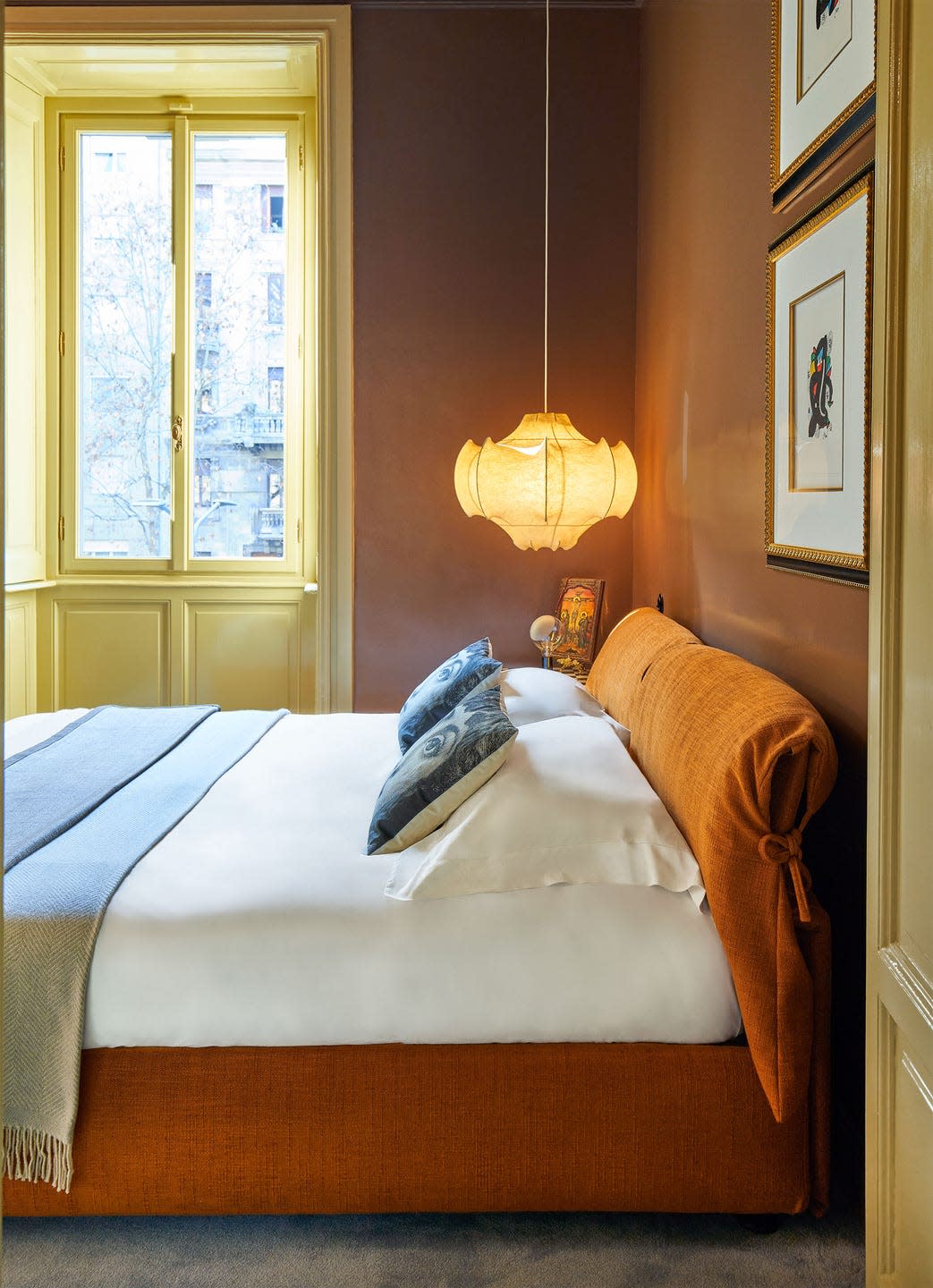
As ’90s neutrals were accurately predicted to replace drab gray tones in 2023, some of the same standout colors are poised to make an earthy splash this year. “We’re definitely seeing more and more brown in our lives—the Billy Baldwin variety of brown—and it’s a real throwback,” says Dallas-based interior designer Jean Liu.
When pinpointing next year’s hottest colors, 1stDibs determined that dark brown was in the top three, followed by shades of yellow and light brown. “There’s a color we’re using a lot in the studio that we’re calling ‘hot brown,’” adds Furth. “But browns are definitely happening—like really warm browns that might be a play on a 1970s palette, and those caramel colors, along with coral and persimmon.”
“Our eagle-eyed curators have spotted a major interest in these palette trends over the past few months,” adds Anna Brockway, the president and cofounder of Chairish. “They’re specifically on the rise among our most loved categories including upholstery, painted cabinetry, art, tabletop, jewelry, and decor.” For Danielle Barr, president of Woven, the New York–based rug design and development company, browns are “the new neutrals” and continue to resonate with their clientele. “We launched a lot of brown [rugs] in the past two years—chocolate browns and a variety of rust and deep golden wheat colors—that have a warmth to them because of the existing warmth to the natural wools themselves, so taking those colors on makes them feel even richer.”
“Brown is a great color—it’s very warm and rich, and it’s actually a great neutral to layer with other colors,” says New York interior designer Alyssa Kapito. “Everything was very gray, and now it’s much warmer—think sepia and caramel.” For designer Neal Beckstedt, the palette is a definite mood shifter. “Beige and brown are on an upswing along with very muddy colors that have an 18th-century calmness to them—think earthy colors with less vibrancy and more richness.”
Prepare for a Terra-Cotta Tile Takeover
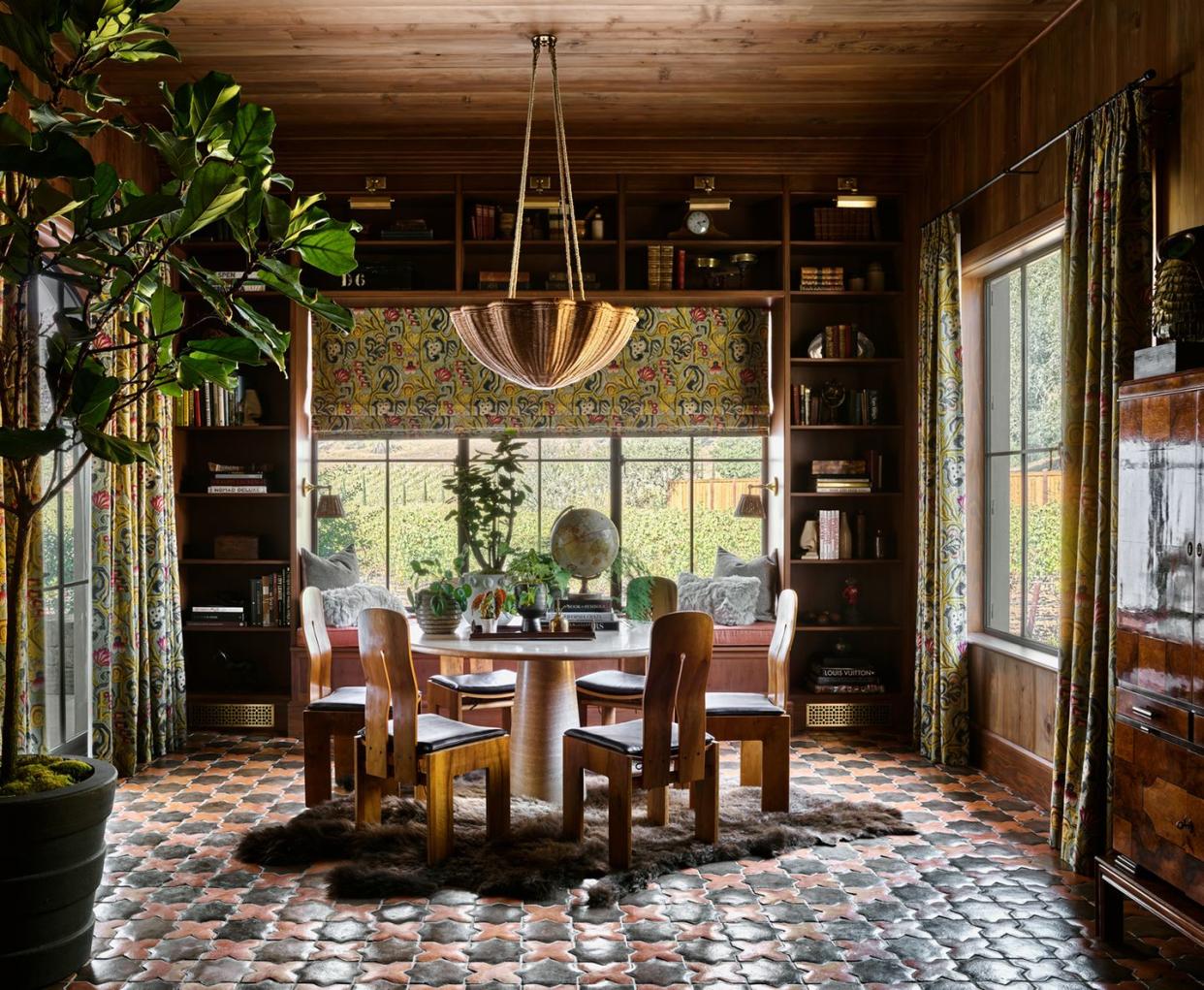
In terms of popular materials, 1stDibs found that ceramic and terra-cotta earned a top spot with nearly a quarter of designers surveyed. “I was recently in Box Hill—Stanford White’s summer home—and his use of terra-cotta in the entrance hall is so beautiful,” says Kligerman. “I’d love to start using more of it in houses just for the sculptural opportunities, and I’m looking into different colors like the beautiful greens and cobalt blues and, of course, the natural shades of ocher.”
“I’m here for it,” agrees Furth. “Right now, I’m doing a bathroom in glazed terra-cotta tile that will feel like a beautiful Georgia O’Keefe–style hammam.” The clay-based glazed—or unglazed—material’s appeal can likely be attributed to its use across a wide range of design and architectural styles, from Italianate and Spanish to Art Deco and Arts and Crafts. “Antiqued terra-cotta makes for the most fabulous floor—especially in Palm Beach, where we have so much 1920s architecture,” adds Deeds. “As an alternative, clients are really loving the zellige tiles from Morocco that also work so beautifully in these homes.”
Bouclé Is Here to Stay...but with Fresh Updates
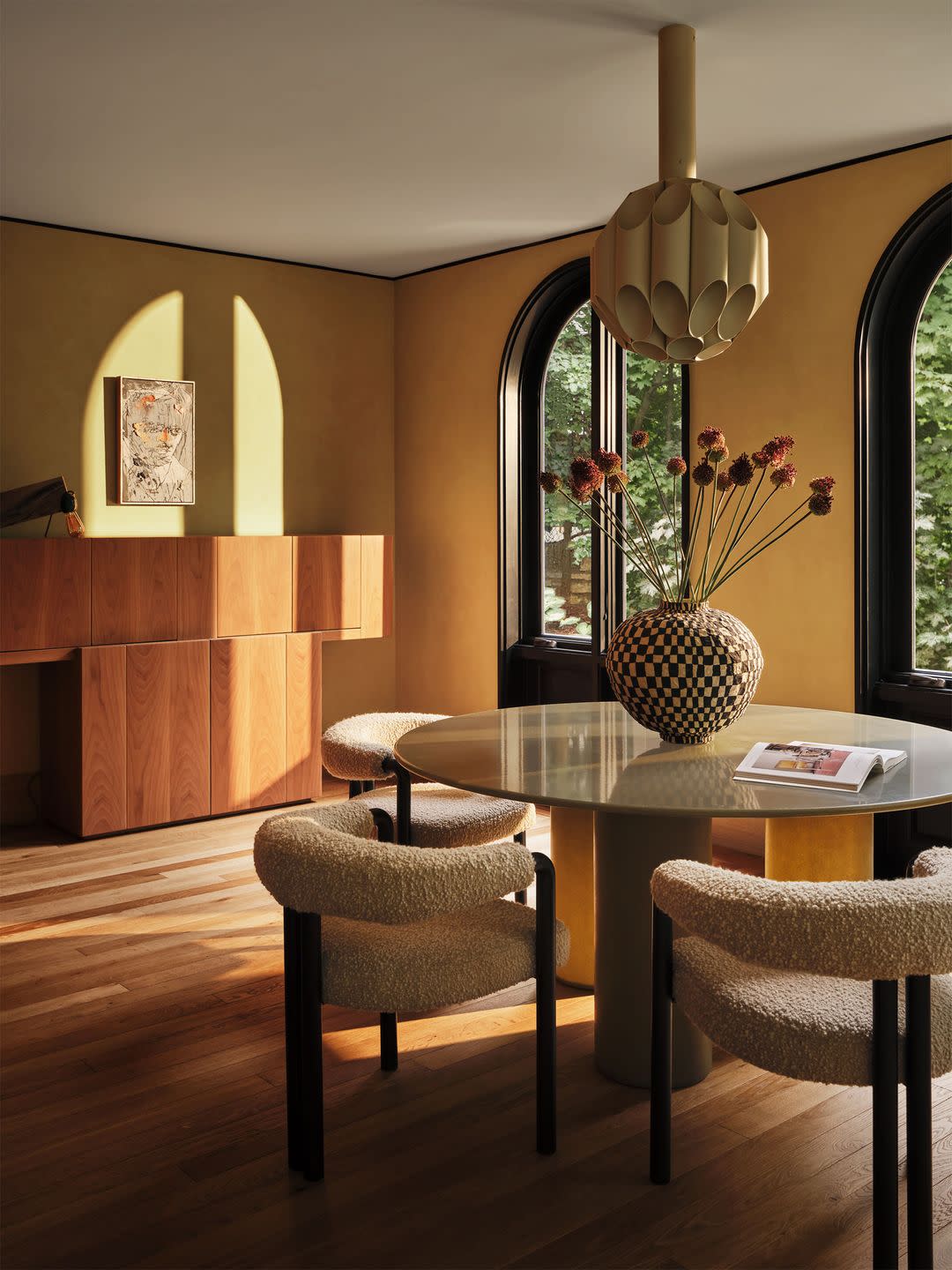
Since as far back in furniture design history as 1948, when architect and designer Eero Saarinen upholstered his iconic Womb chair in bouclé, the nubby-textured fabric has proven its staying power. And whether it pops up on a Pierre Yovanovitch Papa Bear armchair or is worn as armor in the form of an iconic Chanel suit, bouclé exudes a certain opulence. For San Francisco–based interior designer Nicole Hollis, it’s the one fabric that is the epitome of quiet luxury. “I’m always attracted to bouclé, and Rosemary Hallgarten’s alpaca bouclé fabrics are just gorgeous.”
“A very stylish friend from New York texted me the other day asking if there was ‘any furniture in 2023 that was not covered in bouclé?’” laughs Furth. “It is here to say, though we’re seeing new versions of it with thicker pile and in different colors—the skimpy cream and off-white bouclés feel down-market.” And where the fabric’s longevity is concerned, Kapito is in full agreement. “It’s a classic and always adds a beautiful texture to a room—you don’t want to do an entire apartment in bouclé, but we’ll never get tired of it.”
Straight Lines, Meet Curves
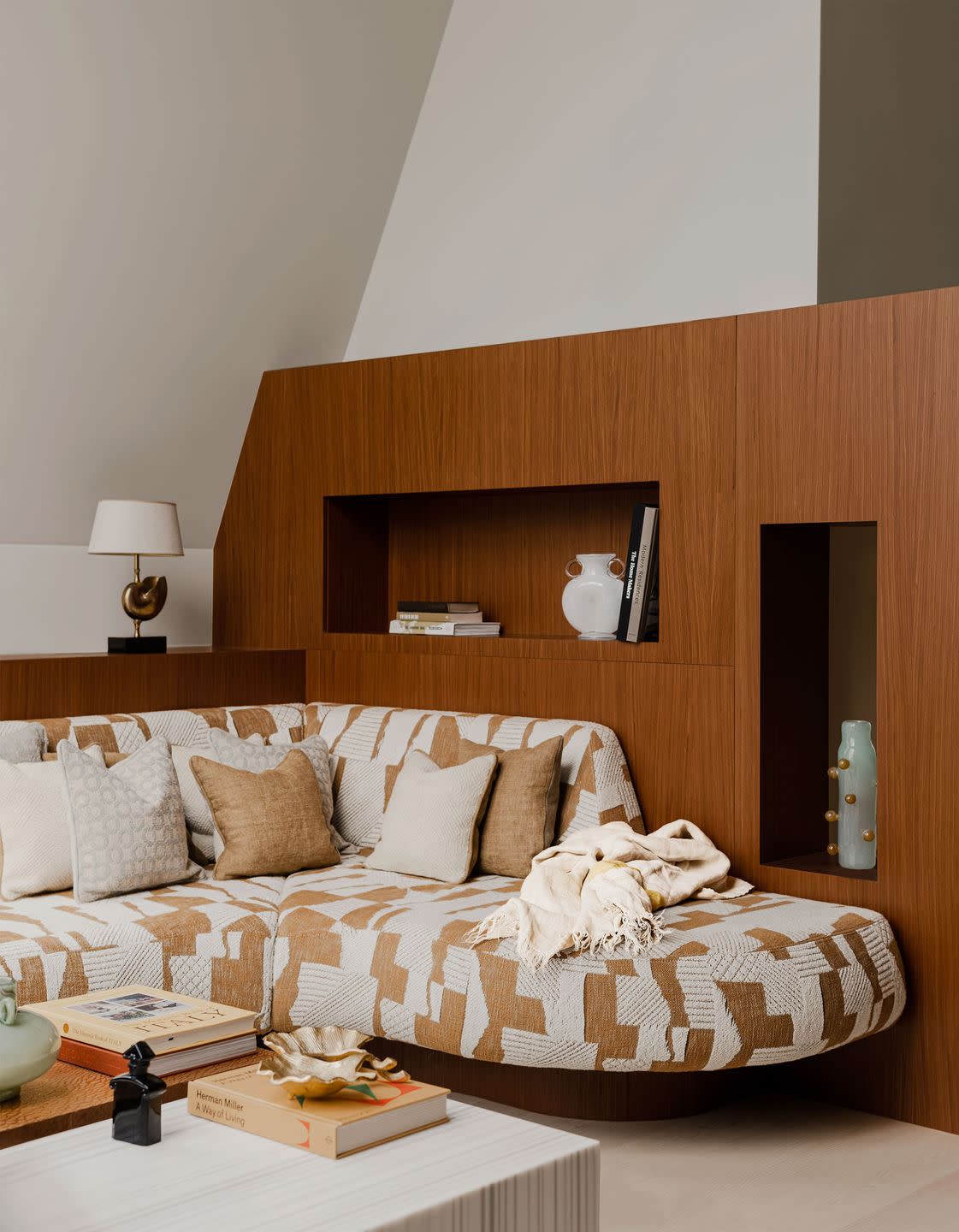
Reporting on the most iconic seating, 1stDibs named Hans Wegner’s Wishbone chairs and Vladimir Kagan’s Serpentine sofas among the most coveted by designers—both of which share one distinct attribute—curvaceousness. “I’m over the straight line—we’re all about some curves and softer shapes in the new year,” says Liu. “With furnishings, we see scalloped details are really part and parcel of pieces we’re specifying, and it could be in the frame of a mirror or an upholstery detail—we recently showed clients a set of found barstools that had an undulating wood-carved detail on the back that they really loved.”
“A [Jean] Royère Polar Bear sofa never gets old for me,” says Kapito. “The thing you need to remember about any trend is that you don’t want to commit to it everywhere, so if you have a curved desk and chairs, you want to make sure there are also [pieces with] straight lines in the room—it’s a mix and balance that makes a space interesting.” Not surprisingly, Deeds takes a similar stance, with regional design in mind. “The undulating curves like those found in [the work of] Royère are a regular theme in Palm Beach design and the scallops you’re seeing in furniture design are really hot right now but also timeless.”
“I see so many curves, and they’re not going away,” adds Hollis. “Artisans are embracing that curvature and more organic forms.” For Beckstedt, the path ahead is decidedly more roundabout. “The precision of being a perfect block is out. Biedermeier furniture, for instance—with its curves and warmth—is becoming more present, and gone are the days of ’80s-inspired glass and steel.”
Artisanal Everything Is In
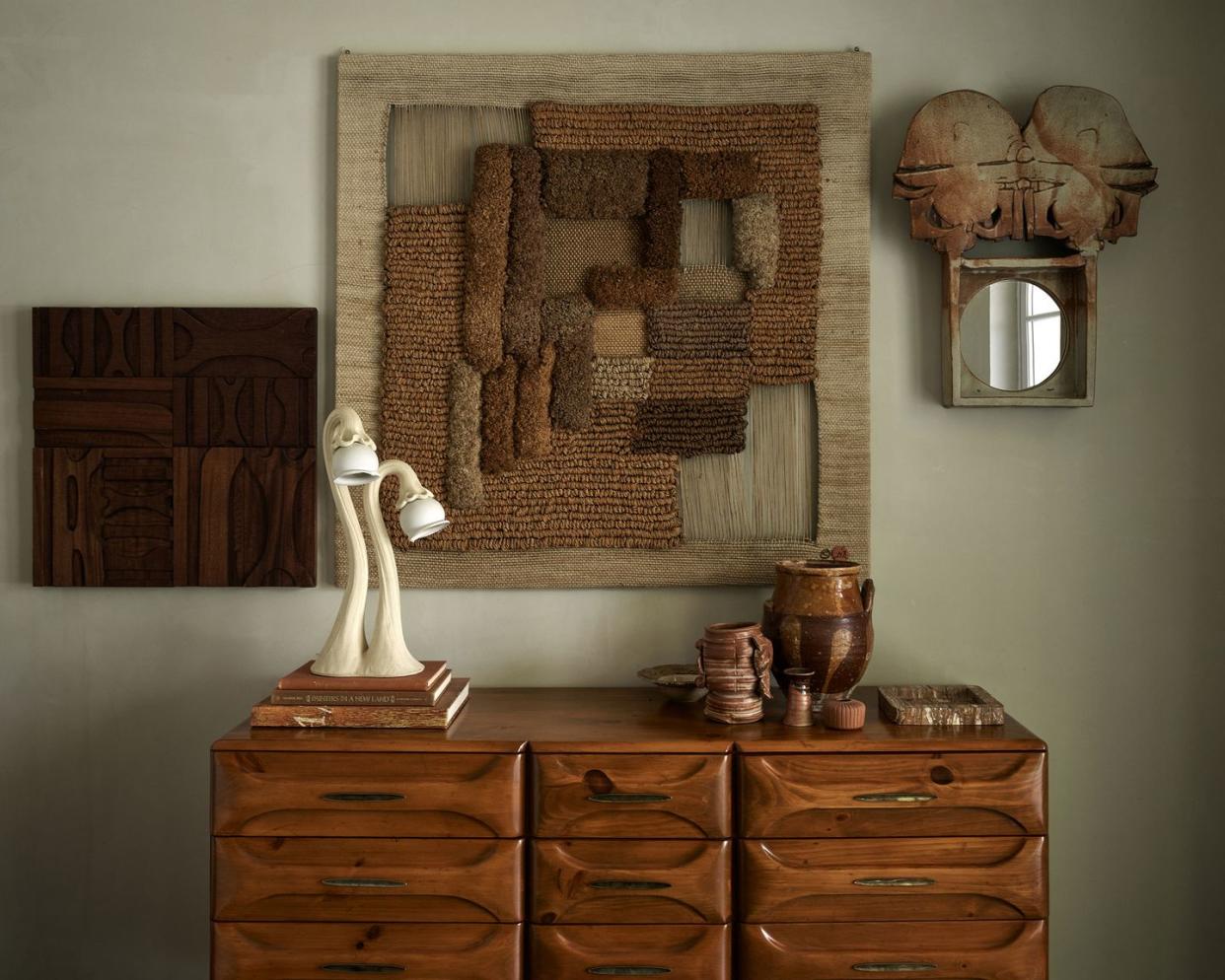
There’s an art to creating exceptional design, and it’s never more evident than in bespoke pieces and artisanal work that showcase the incomparable skill of human hands. “We’re not sick of seeing the artist’s hand and the human touch [in design], especially post-pandemic,” says Furth. “Our clients are craving the handmade—whether it’s ceramic tile or hand-carved wood furniture or handblown glass, human irregularity is soothing.”
Tapping artists to expand their craft for one-of-a-kind, hand-tooled pieces is something Hollis does on a regular basis. “[British artist] Nic Webb carves these gorgeous vessels out of solid wood, and we asked if he could turn one of them into a light fixture [for a project],” she explains. “And it really made a statement.”
In its own trend forecast, Chairish identified an increased demand for imperfectly perfect design that included American folk art and elements like whip stitching. “Handmade, heirloom, antique, or vintage items were made with consideration and care,” adds Brockway about a world where anything can be mass-produced. “There’s something incredibly unique and just plain fun about the way their details come to life.”
New York- and Palm Beach–based designer Victoria Hagan applauds the character in these small details as well. “I’ve also placed a new emphasis on natural materials, including a celebration of their imperfections,” she adds. “We’ve all certainly learned that life is not always perfect.” As Barr explains, noting that everything they make is by hand. “We intentionally mix materials in a way I don’t think our weavers have seen before,” he explains. “We don’t like things to be flat and perfect, which makes you see more abrash, or the natural variations [in the rugs].”
High-Tech Lighting Will Be Our Decorating Bestie
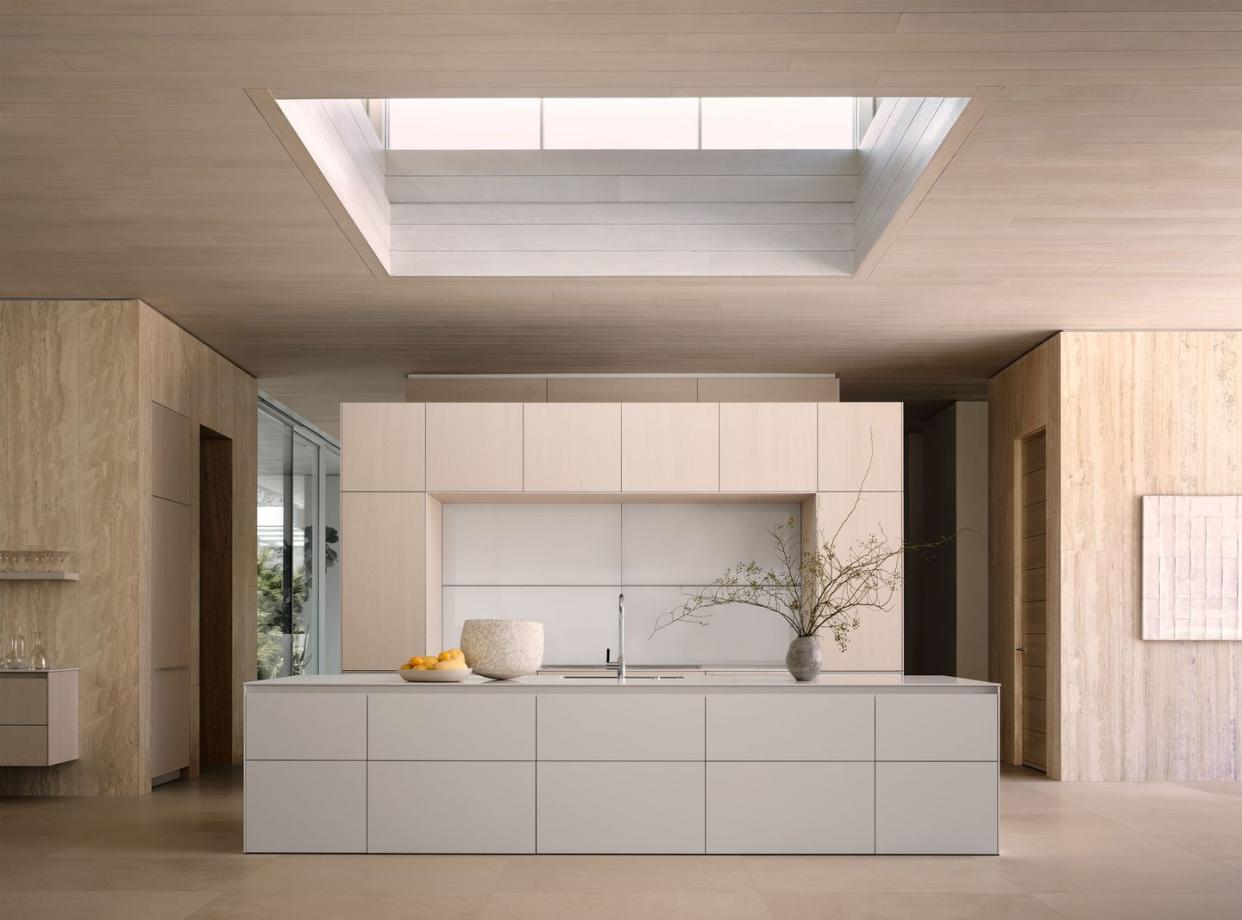
Developing the ability to change the intensity and color of the light in a space was truly a bright idea, and over the past decade the technology has become more and more desirable. “People are embracing the technology that allows for color tuning,” says Liu. “It can make a room feel like it’s getting natural daylight even if it’s gloomy outside, but it’s not inexpensive.” She also notes the very practical purpose it serves for some of her clients. “For art collectors, it really elevates the way they’re interacting with the works in their home.”
Companies like Philips, AiSPiRE, and USAI Lighting have long offered an array of products to enhance interior LED lighting, and now designers and homeowners alike are beginning to see the light. “Though [the ability to tune] color temperature is a big thing—some clients love it, and some don’t,” admits Hollis. “We’ve been using Kreta, and each light bulb is programmable, and you can warm it and change the color temperature. It’s a little more expensive [than traditional lighting], but you have the capability to control it all through an app.”
Alternative Materials Will Be the Standard
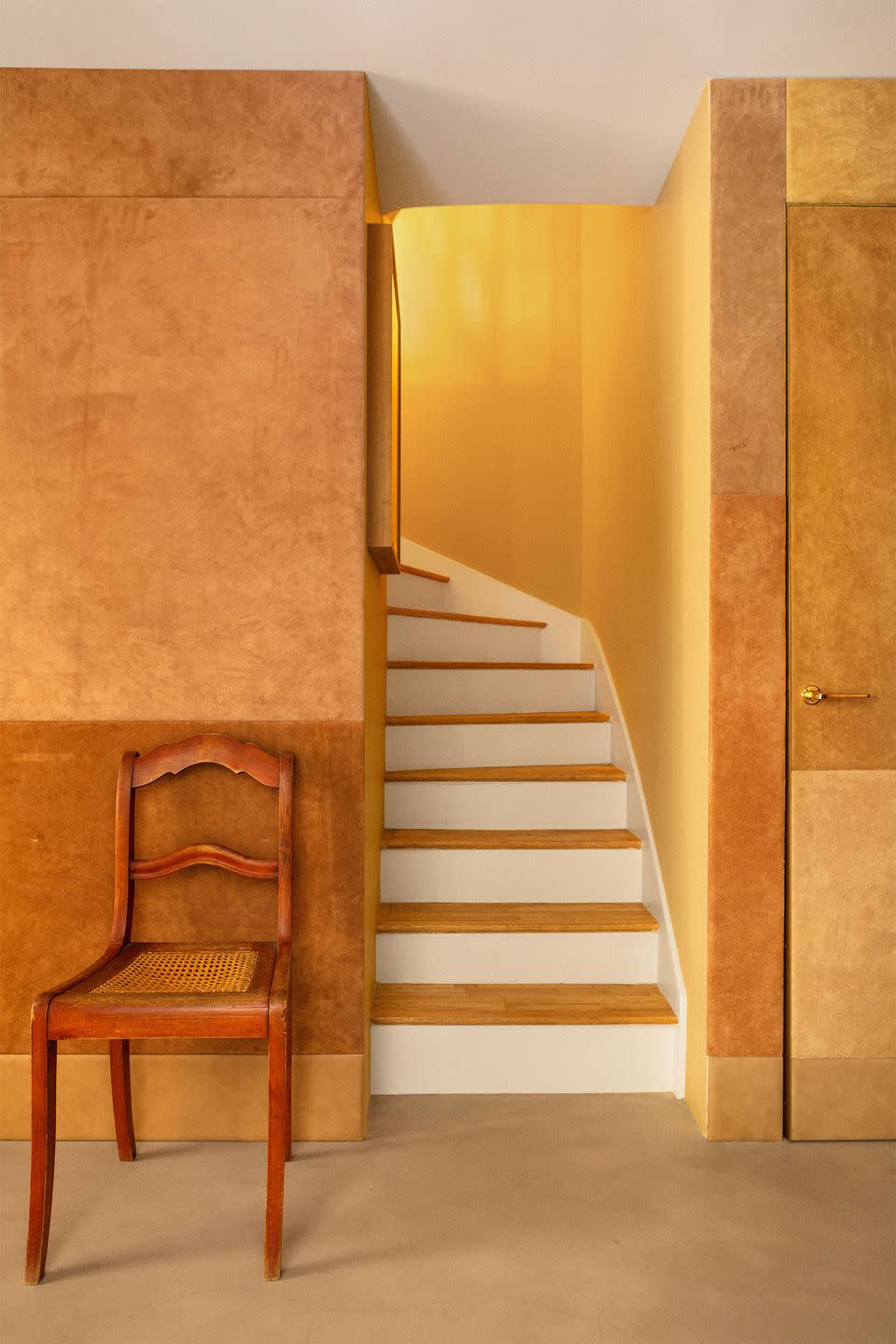
Sustainability has transcended trendiness to become a wider goal for the design industry in an effort to significantly reduce negative environmental impacts, while also enhancing the well-being and spaces of those who embrace it. “We’re seeing a lot of attention being paid to materiality—what it is, where it comes from, and where it’s sourced,” says Hollis. “And that means people are creating furnishings and products that are more interesting based on those parameters, like Max Lamb’s furniture collection made from recycled cardboard.”
Meanwhile, during Milan Design Week, designer Harry Thaler, in tandem with the company EconitWood revealed a series of gorgeous, curved furniture and lamps made from a material derived from recycled sawdust.
“There are some materials that will disappear,” Gustavsson, from Ikea, predicts. “I can see it in the high-end furniture as well.” Design companies, she points out, are abandoning chrome in favor of more environmentally friendly materials. Ikea, for its part, is ramping up its exploration of sustainable artificial fibers. Woven, in an effort to “reshape the rug industry,” is also exploring alternative materials for its bespoke floor coverings. “We’ve mixed aloe [fibers] in with wool, and now we’re working with eucalyptus silk—which is another sustainable product—and mixing it with natural wools to create more depth and texture in our rugs,” explains Barr.
Victorian-Era Details Will Have a Revival
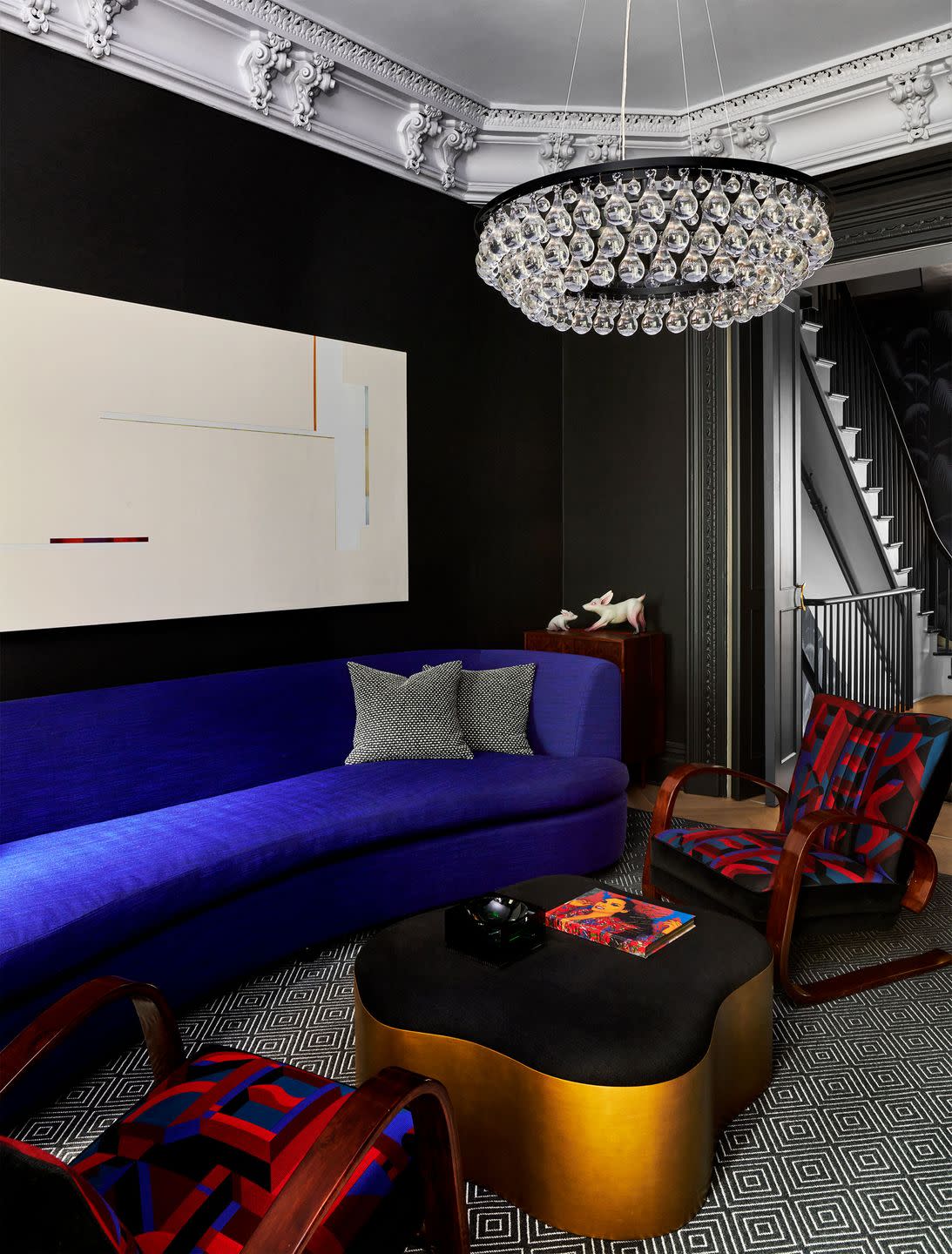
Whether or not we have to thank television series like Julian Fellowes’s HBO period drama The Gilded Age—and its predecessors Belgravia and Downton Abbey—for the renewed interest in the aesthetics of 19th-century design is beside the point, because we’ve moved straight into embracing it. “We recently completed a home with walls comprised of different pieces of oak, reminiscent in a way of Victorian architecture with its beaded board and square and diamond shapes, so there’s this great interior texture—especially when the light crosses the surface,” shares Kligerman. Though he’s quick to add the era’s heavy design shouldn’t be translated too literally. “You eliminate some of the fussy, flowery details and make it more abstract, more rectilinear—or even geometric—and remove the Gothic tendencies so it’s cleaner.”
“To that point, clients have been coming to me with images of that [late 19th-century] Parisian style—crown moldings and chevron floors—so there’s definitely a revival happening,” adds Hollis. “There’s also more modern millwork in conjunction with those moldings and things [as a balance], but it’s certainly a more ornate style.”
Still, one has to wonder, Are these late 1800s design elements really making a comeback? “Absolutely! And we can’t forget fashion’s influence either,” says Brockway about the rise in Victorian-inspired flourishes. “We consider it a nod to maximalism and a reminder to layer these elements into your home through furniture, art, and decor for the ultimate one-of-a-kind look.”
You Might Also Like
